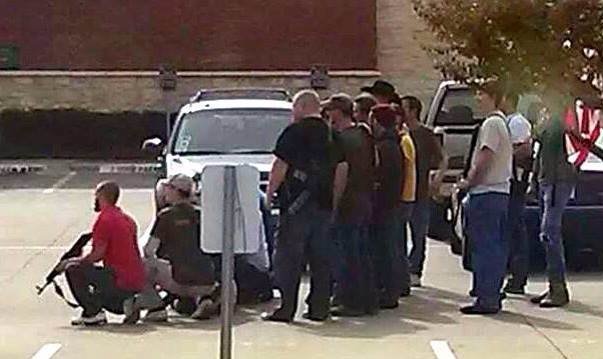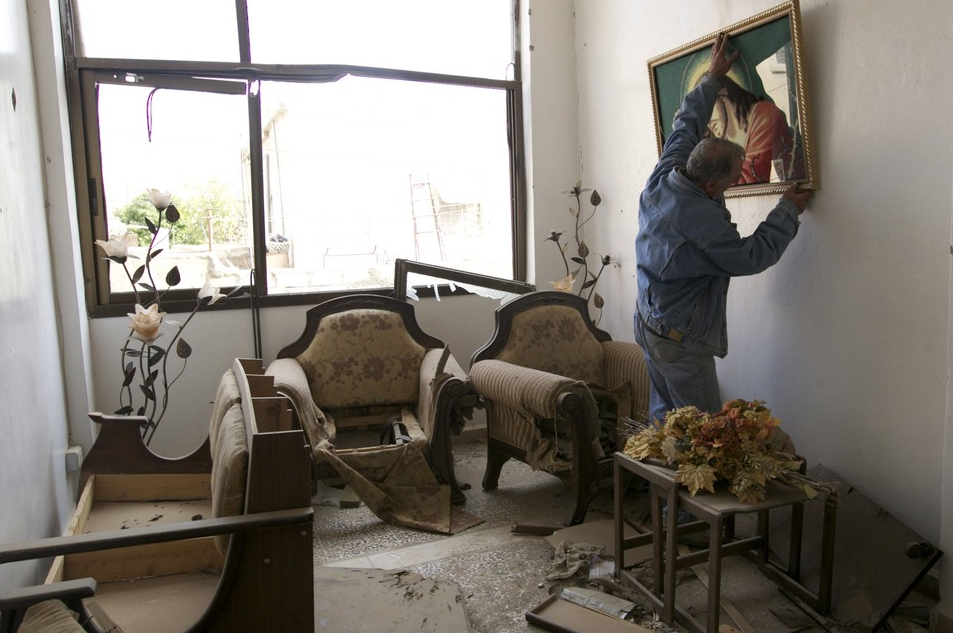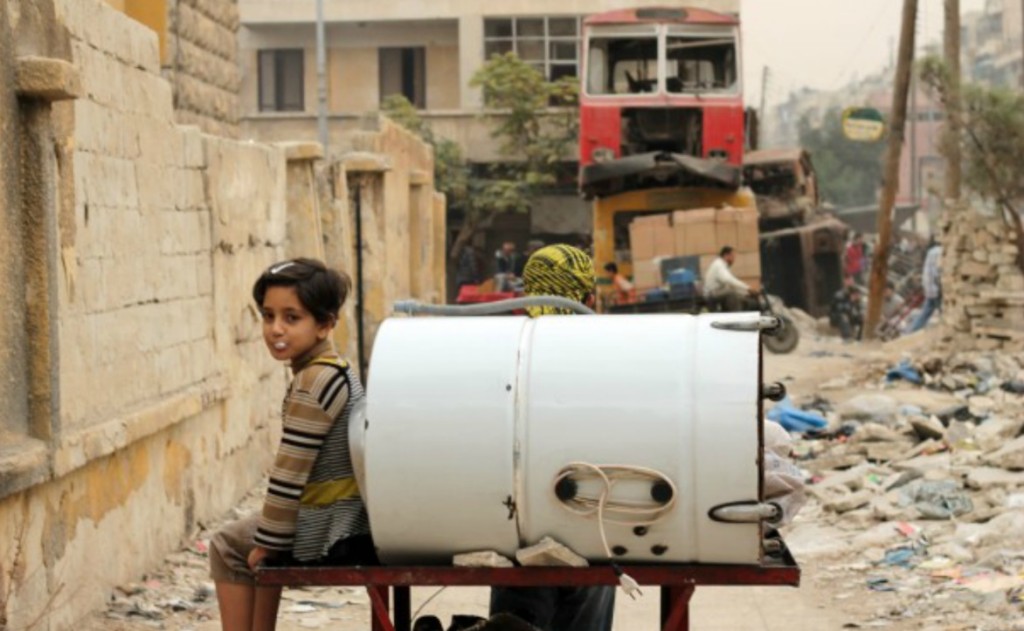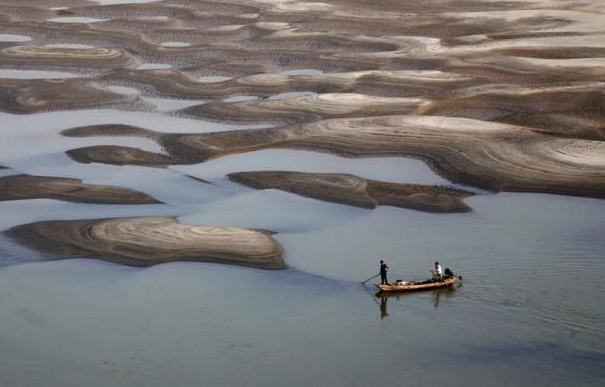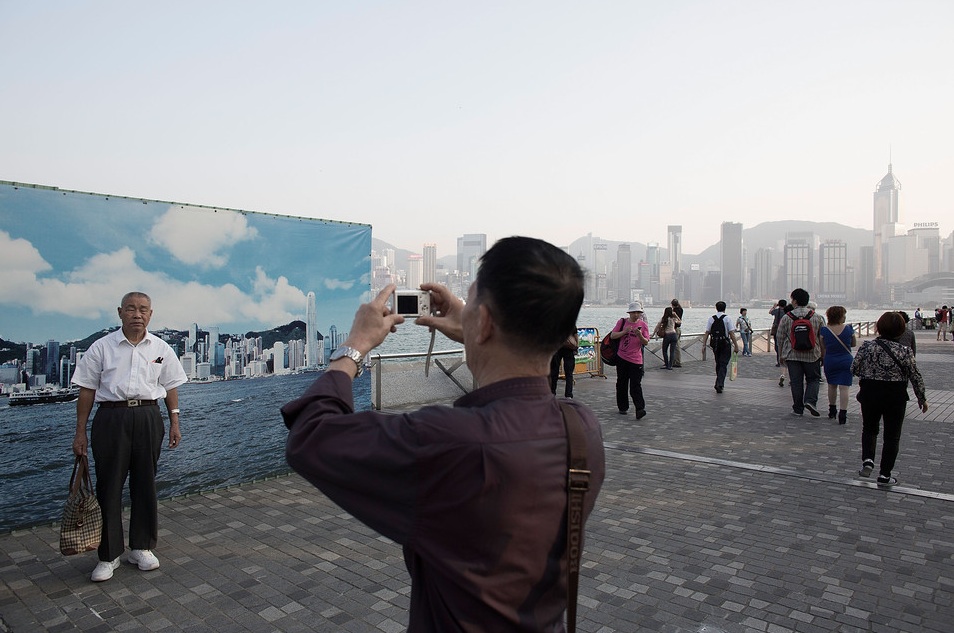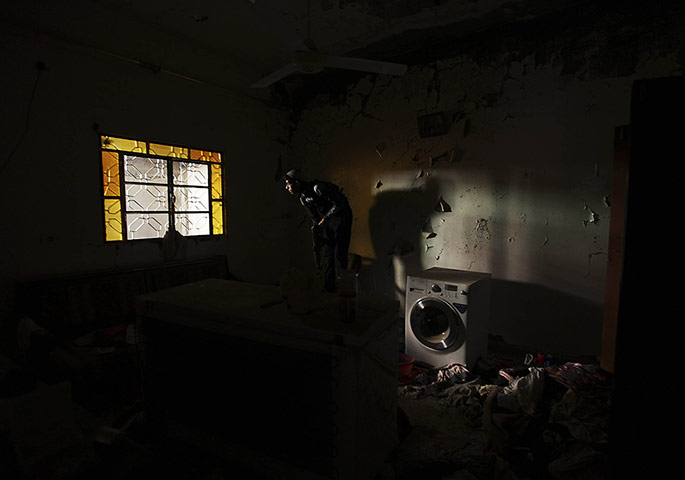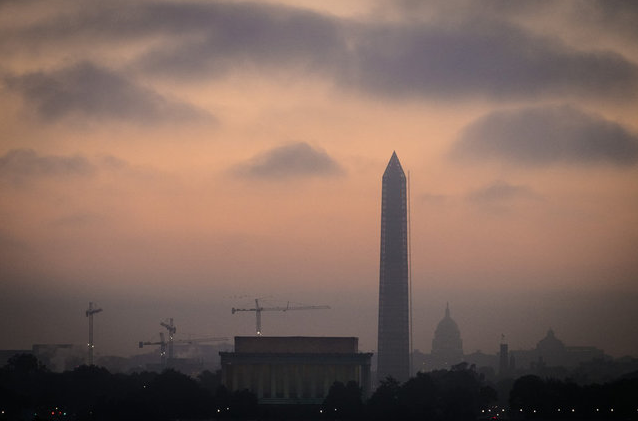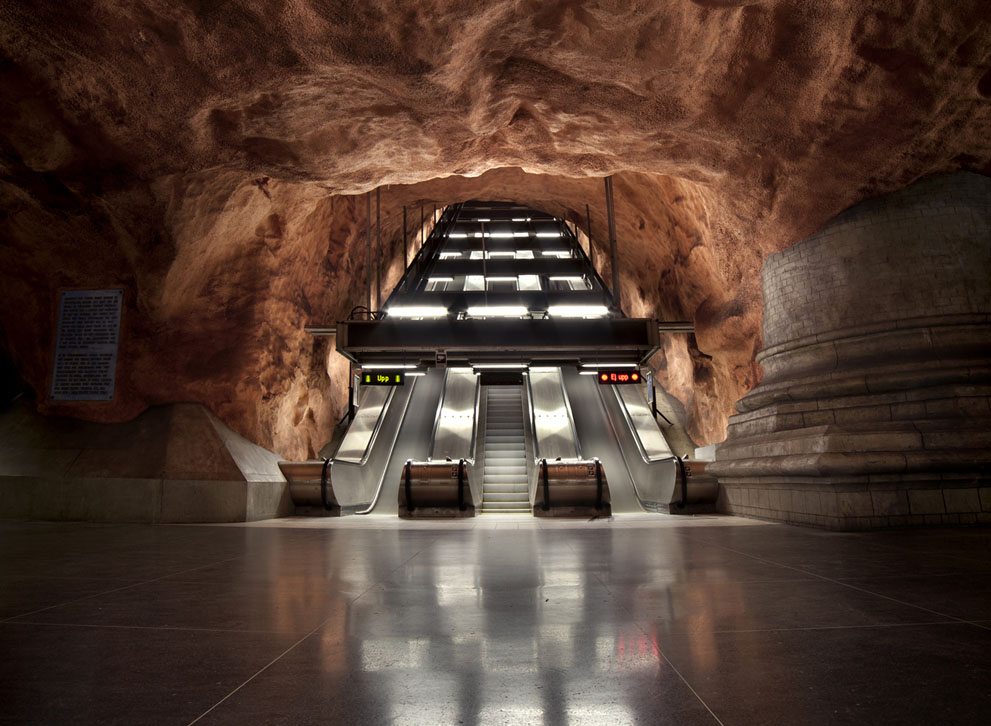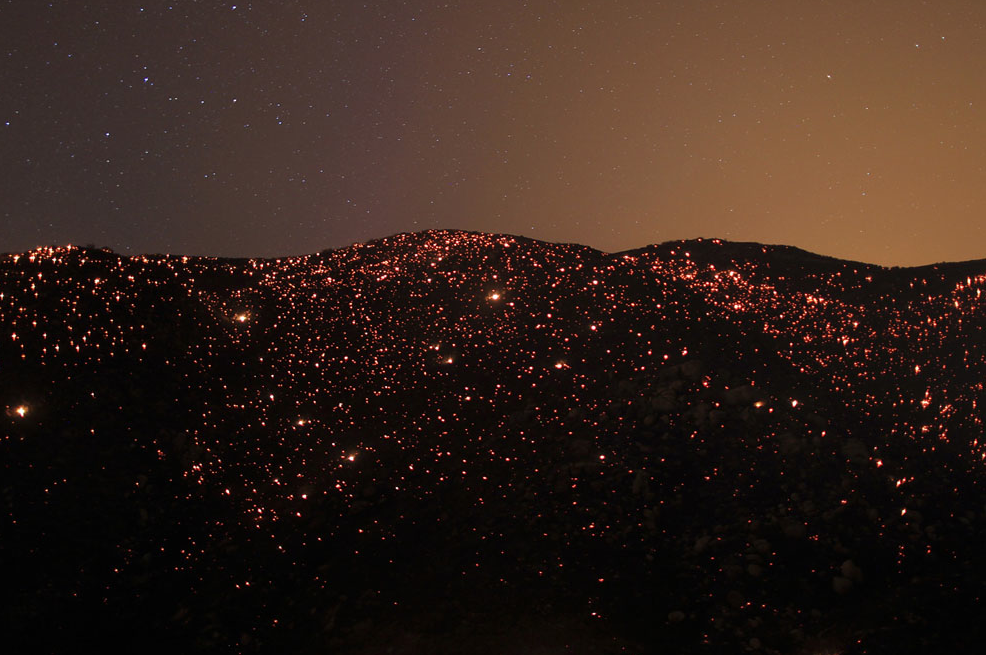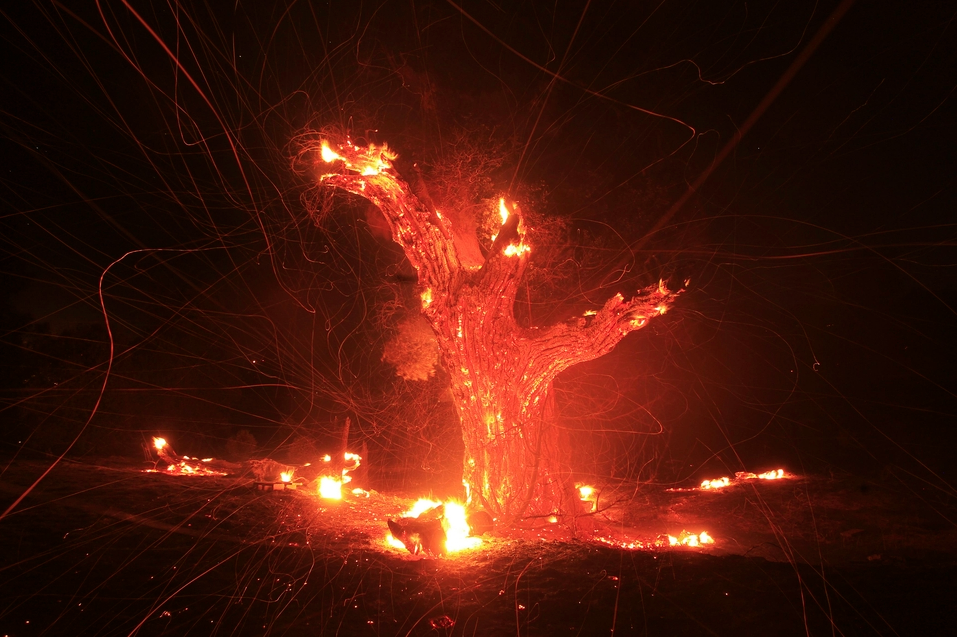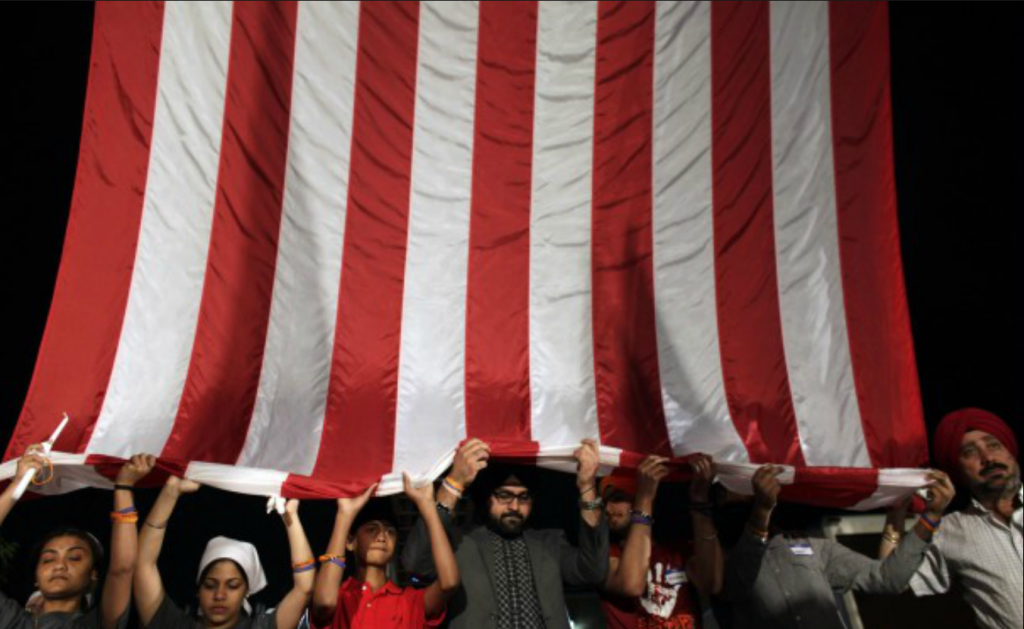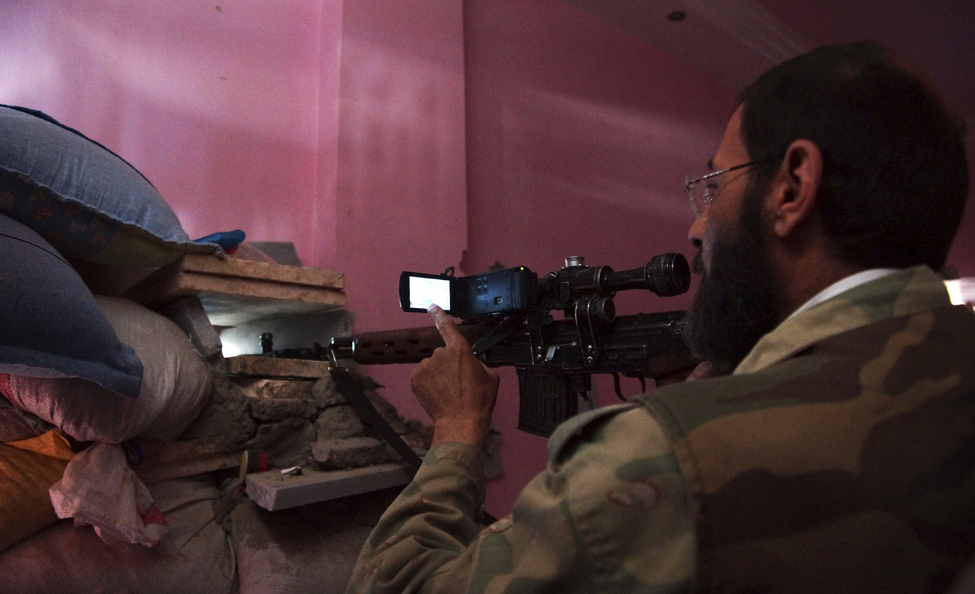Molly Ivins, where are you when we need you? I’ve got to think Texas’s own progressive columnist would have loved to sink her teeth into this story.
It seems that a local chapter of Moms Demand Action for Gun Sense in America was meeting in a suburban Dallas restaurant. But before we go any further, I’ve gotta say that MDAGSA is not exactly a snappy acronym, and the name itself is no better. Maybe people weren’t thinking about name ID when they formed the organization in the aftermath of the Sandy Hook shooting. Still, a strategic element is missing, which, as we shall see, is not limited to MDAGSA.
OK, where were we? Oh, yeah, the meeting. And then one of the moms looked up and saw people walking around outside carrying long rifles, including AR-15s and Ak-47s. They had no reason to be worried, as those carrying the guns were law abiding citizens peacefully exercising their gun rights, but since the women were liberals, they of course felt threatened. According to the New York Times report of the story: “I was terrified,” said one who was so scared she wouldn’t even give her name. “They didn’t want to talk. They wanted to display force.”
Which is just what the president and founder of Open Carry Texas expected to hear: “No matter what we do, they’re going to label us intimidating. It doesn’t matter how we carry, where we carry.” And there you have a perfectly good and all too typical example of how advocates on both sides of this contentious debate talk right past one another. Guns are in fact differentially intimidating, and so those who are more scared are less likely to make distinctions that appear self-evident to those within a gun culture, who then are insufficiently empathetic. And so it goes: liberals are then likely to reify gun violence in the gun–a claim countered by the bumper sticker that says that “guns don’t kill people, people kill people”–while conservatives sneakily try to have it both ways–claiming both that guns will scare hardened criminals, terrorists, and tyrants, and that ordinary, unarmed citizens have no reason to be afraid of the armed strangers in their midst.
Which is why the photograph above is so interesting. Open Carry Texas has a weekly gun walk, apparently to show citizens that they have nothing to be afraid of. They decided to double the payoff for their weekly walk by staging a brief protest at the MDAGSA meeting. The photo is obviously posed, and it would seem to be at once completely conventional and strategic. It’s conventional because, other than for the guns, it conforms completely to the social and visual conventions of the social event group photo. This is exactly what you would see at the family reunion or neighborhood Fourth of July picnic.
It’s strategic because by including the guns along with the ordinary guys, gals, kids, and smiles all around, the Open Carry message is communicated perfectly: See, we’re just ordinary folks, wouldn’t hurt a flea, just like you. Think of us as hobbyists, not as a horrible accident waiting to happen. Frankly, most gun owners are just ordinary folks, and until liberals figure out a way to accept and acknowledge that fact, they aren’t going to get very far with gun control. Even so, the argument doesn’t carry much weight (or ammo, if you will). Open Carry might think of it this way: I’ll accept the claim that you should be allowed to do as you please because you are ordinary folks, if you grant the same to the jihadists, beastiality buffs, and other groups that make the same argument. Until then, we need to talk about the difference from ordinary conduct, not all the other, irrelevant similarities.
And the difference in this case is that they are carrying very dangerous weapons, and doing so to advertise the right to fire those weapons in public if suitably threatened. (Why else should the public accept the risk, if not to prevent or respond to violence?) So there actually is something a bit odd about the first photograph after all. It may not be as threatening as the MDAGSA member said, but it does invite questions: are they a force to be reckoned with, or not? If not, why accept the risk that comes from accident? If they are, then is the flag waving and kid posing just an act?
Which brings us to a second photo that was included with the Times story. A photo that I think is a brilliant example of strategic representation.
Here’s the same group shot from the side. And I do mean “shot,” for now we are seeing their exposed flank. Maybe it’s just me, but I can’t help seeing this point of view as a targeting, and exactly the angle that a real enemy would take. More to the point, we can see how the potential for violence invites a greater potential for violence. Guns not only give fire, they draw fire; something that Open Carry may not have considered fully. And if their spokesperson were to reply that they actually engage in military training and can operate as an armed band, I suspect that they would find out in a hurry that even the state of Texas doesn’t smile on militias other than its own. In any case, paramilitary organization would make that first photo even more suspect. But this photo does more than comment on the first one.
I think the most important point here is how those with guns are still all too vulnerable, still flesh and blood individuals who could be easily caught unawares and cut down in an instant. Don’t think they don’t know as much, for that is one reason they are willing to pay for something that will give them a sense of security; who among us has never done that? They may forget just how vulnerable they are, however, not least by having a gun in the house and by being around others in public whose gun management skills may not be top-tier. And maybe it’s just me, but I’d like to think that if everyone involved in this controversy could acknowledge their common vulnerability, perhaps a small but sure step could be taken toward a more sensible gun policy.
As with guns, photographs can have unexpected consequences. It’s one thing for advocates to use visual displays strategically, but it’s quite another to be able to control all of the imagery. In posing for one photo, Open Carry Texas set itself up to be ambushed by another. Fortunately, anyone can carry a camera.
Photographs provided by Moms Demand Action for Gun Sense in America, taken last Saturday from inside a Dallas-area restaurant.
Cross-posted at BAGnewsNotes.

